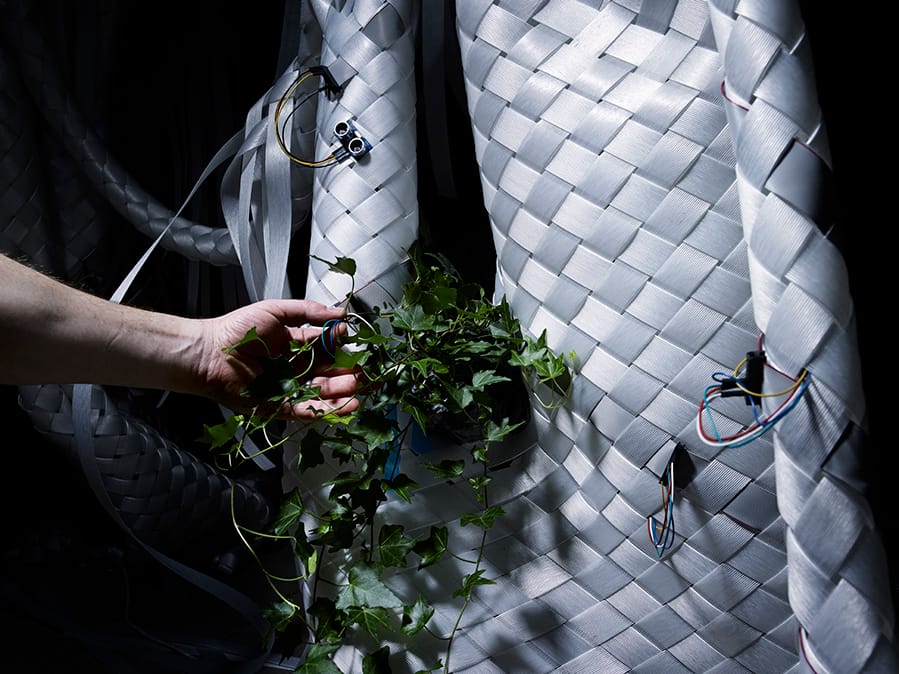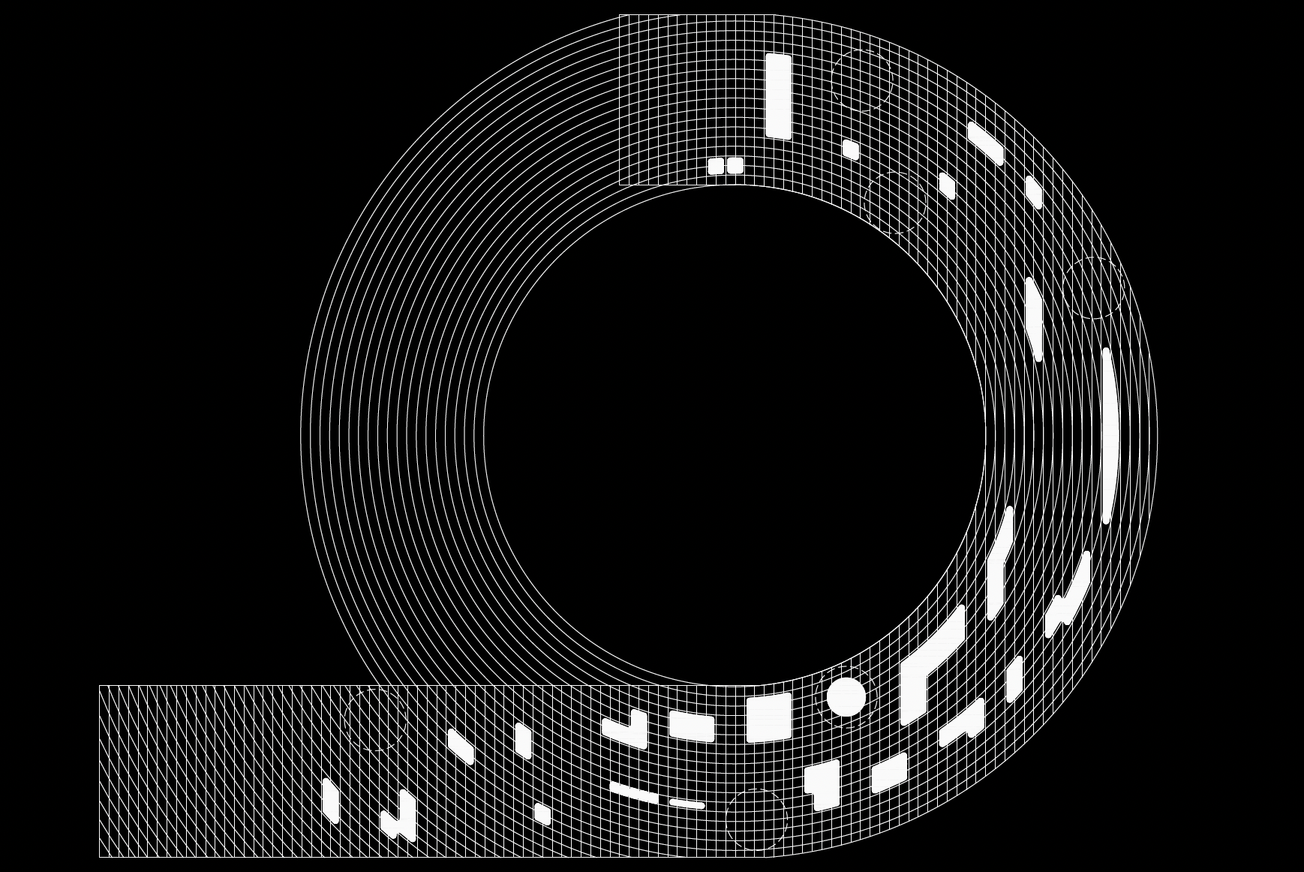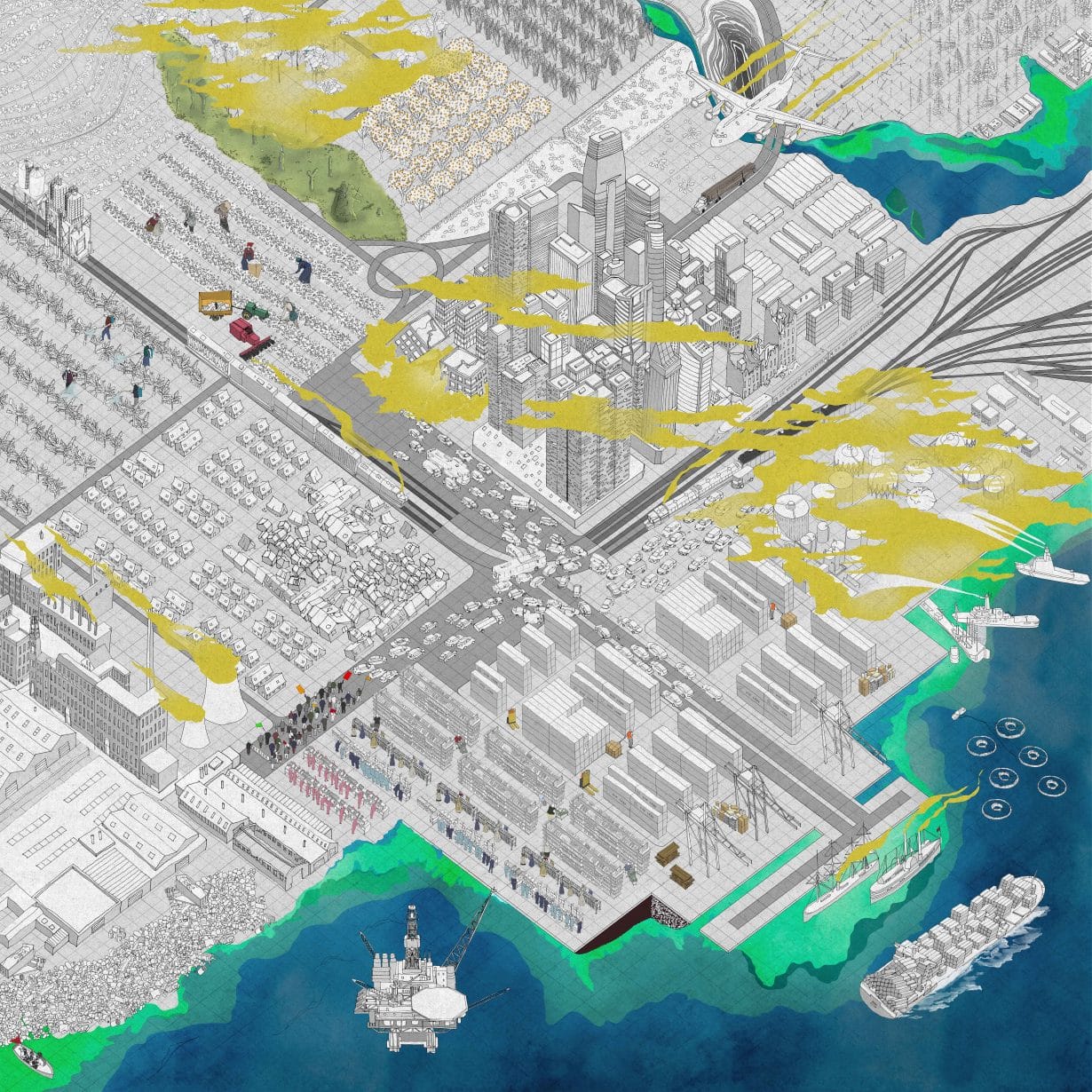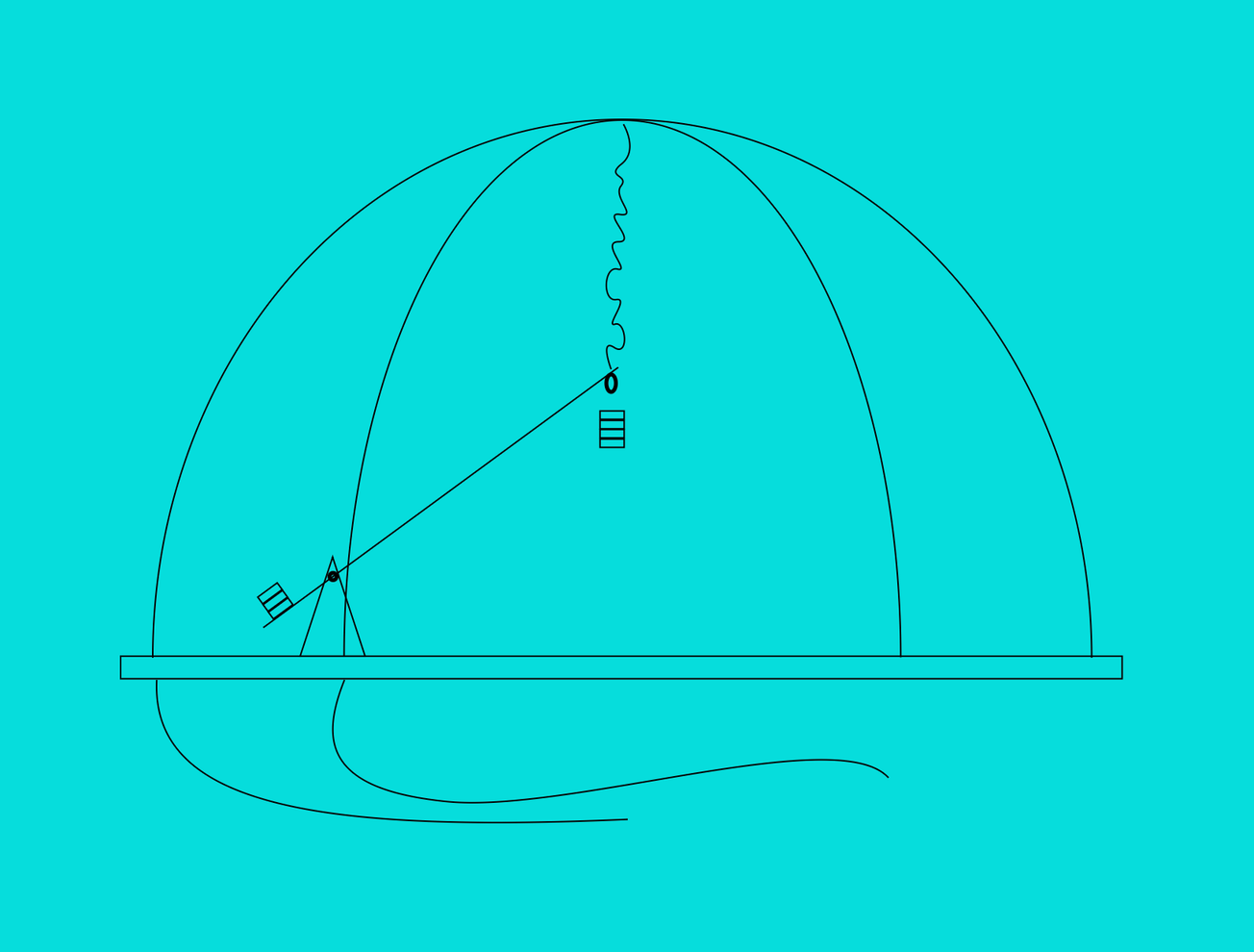Synthetic landscapes rethink the relationship between design and ecology. At the Southern California Institute of Architecture (SCI-Arc), the term defines a field where the artificial and the natural can no longer be separated. The program describes the built environment as “always continuous with what we have found,” positioning design as part of a living, evolving system rather than something imposed upon it.
This approach departs from traditional landscape design focused on preservation or stewardship. Instead, it examines how architecture, computation, and environmental systems intersect to generate new forms of coexistence and beauty. Design operates within networks of human and non-human agents, linking the biological and the technological to imagine how future environments might take shape. From speculative ecosystems that respond to pollution to living architectures that grow and adapt, these projects suggest that ecology itself has become a designed medium—revealing how entangled our built and natural worlds have always been.
Speculative Ecosystems
Artist-designer Pınar Yoldas frames the polluted oceans as a “plastic soup” and asks: if life were to begin now, in that synthetic milieu, what organisms might evolve? Her installation, An Ecosystem of Excess, imagines life forms capable of metabolizing plastic waste, offering a speculative biology of the Anthropocene rather than a “restored nature.”
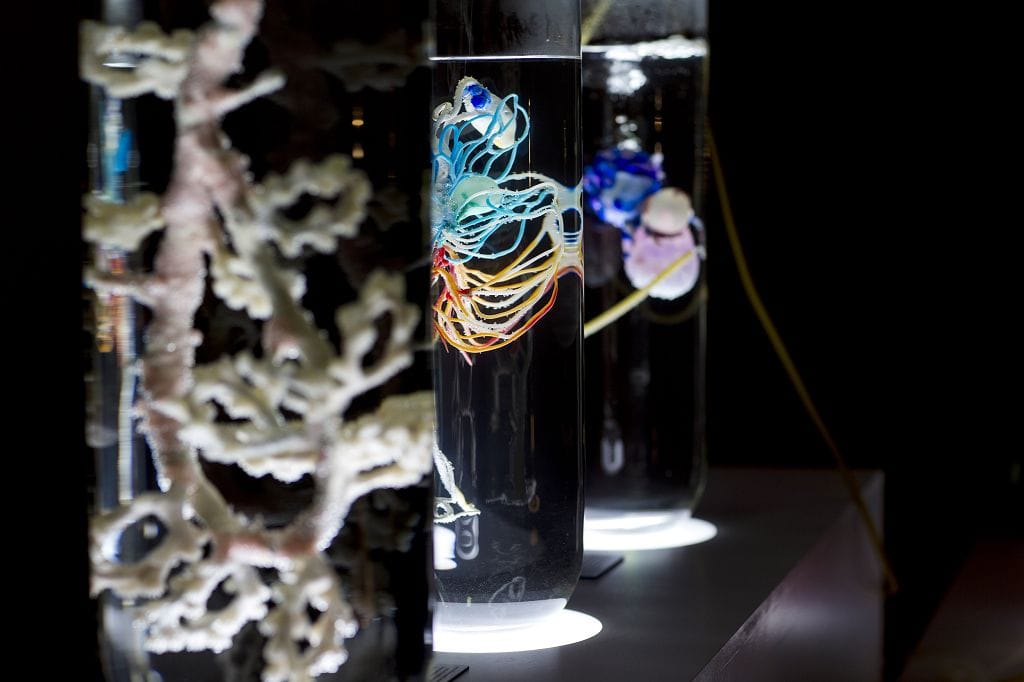
By treating waste and human-technological detritus as ecological media, Yoldas reorients the landscape—not as something to preserve, but as something already irreversibly altered and now to be designed. Her work exposes how synthetic landscapes can emerge through cultural-ecological reflexivity: design that interrogates our ecological turning point rather than simply mitigates it.
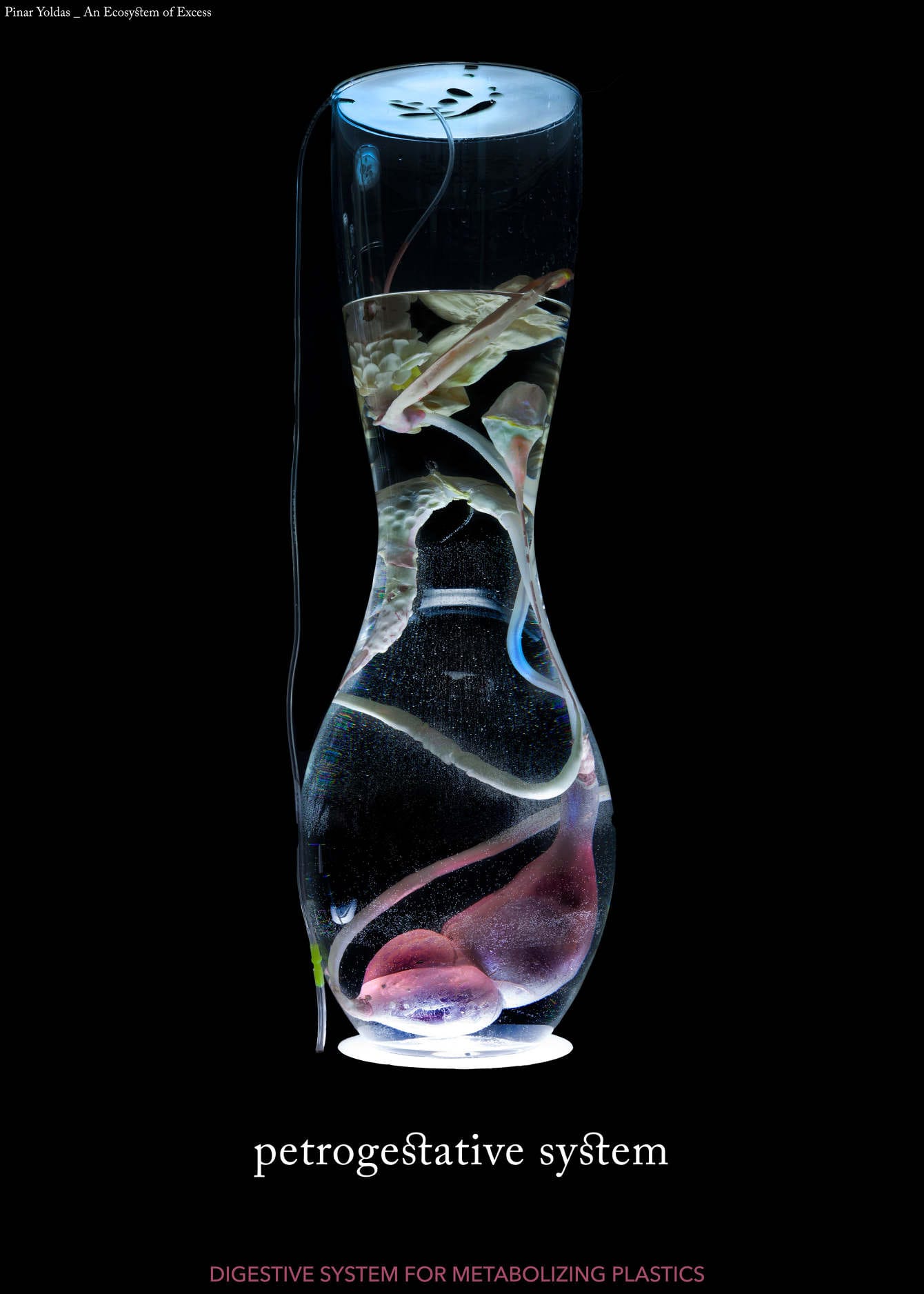
Bio-Hybrid Built Form
On the more technical end of the spectrum, the EU-funded Flora Robotica project explores symbiotic relationships between plants and robots to prototype forms of living architecture. Supported under the Horizon 2020 program (Grant No. 640959), the research team developed systems where robotic structures braid soft scaffolds, guide plant growth, and sense environmental change. As the plants mature, they overtake and integrate these braided supports, forming hybrid constructions that are both biological and artificial.
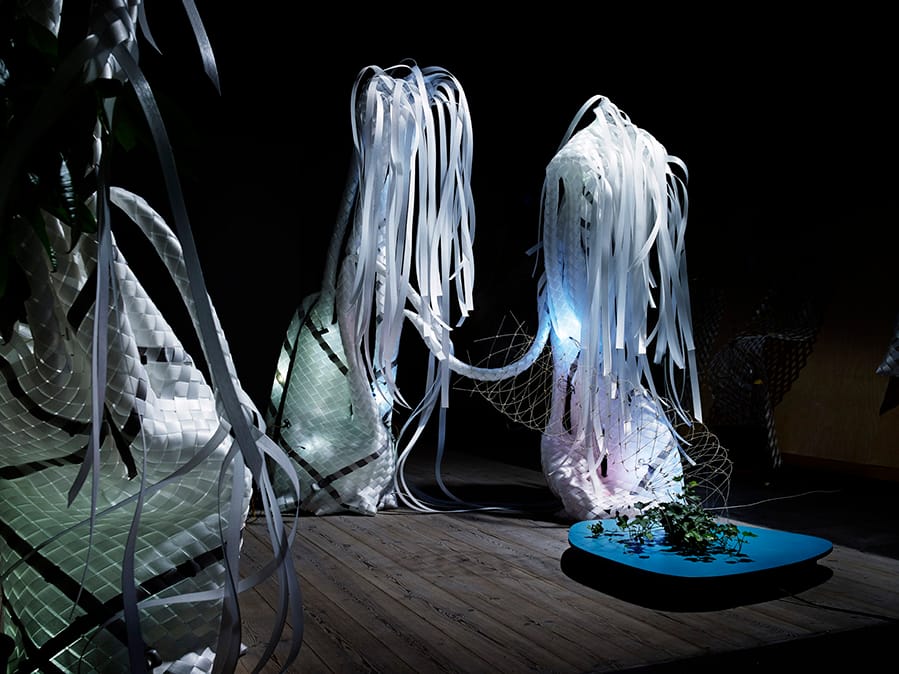
Flora Robotica’s publications describe this as an “architectural system combining living natural plants and distributed robots,” in which “plants and robots work together to create a living organism that is inhabited by human beings.” The project investigates how robotic control, plant tropisms, and environmental sensing can generate architectural forms through continuous growth rather than assembly.
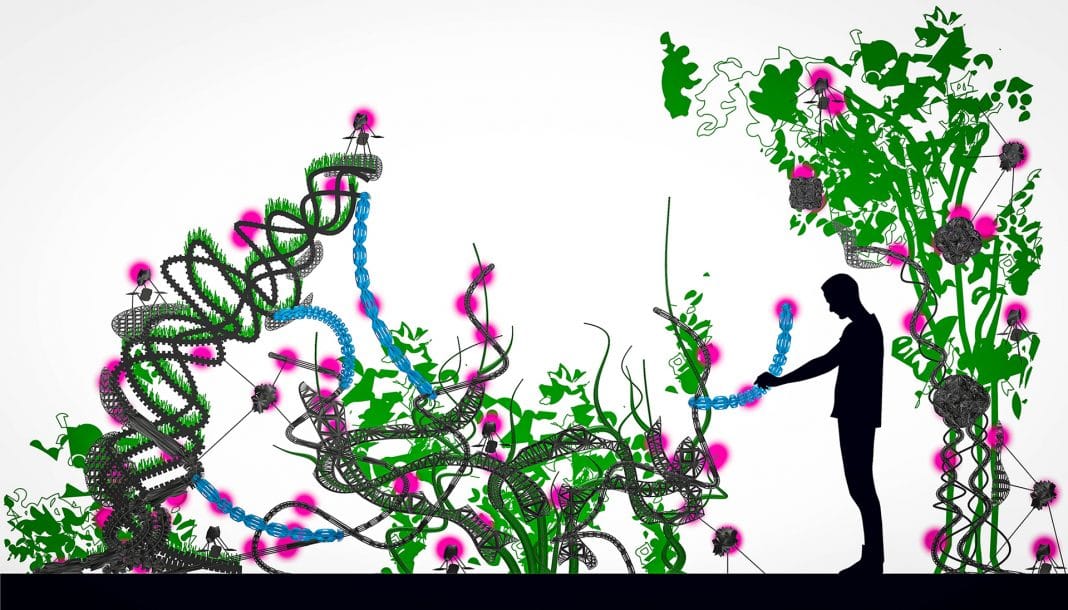
The result is a model of design based on process and co-evolution. Architecture becomes something that grows, adapts, and repairs itself—guided not only by human intention but by the behavior of living systems. Flora Robotica situates architecture within a dynamic ecology of sensors, materials, and biological intelligence, suggesting how the built environment might one day sustain itself through collaboration between machines and living matter.
Generative Ecosystems
Beyond fixed installations and architecture, another trajectory of synthetic landscapes emerges through generative systems that integrate living, algorithmic, and material flows. The Synthetic Ecologies Compendium—organized by the Serpentine—centres on “fermentation, invisible scales of life and the intersections of biology, culture and computation.”
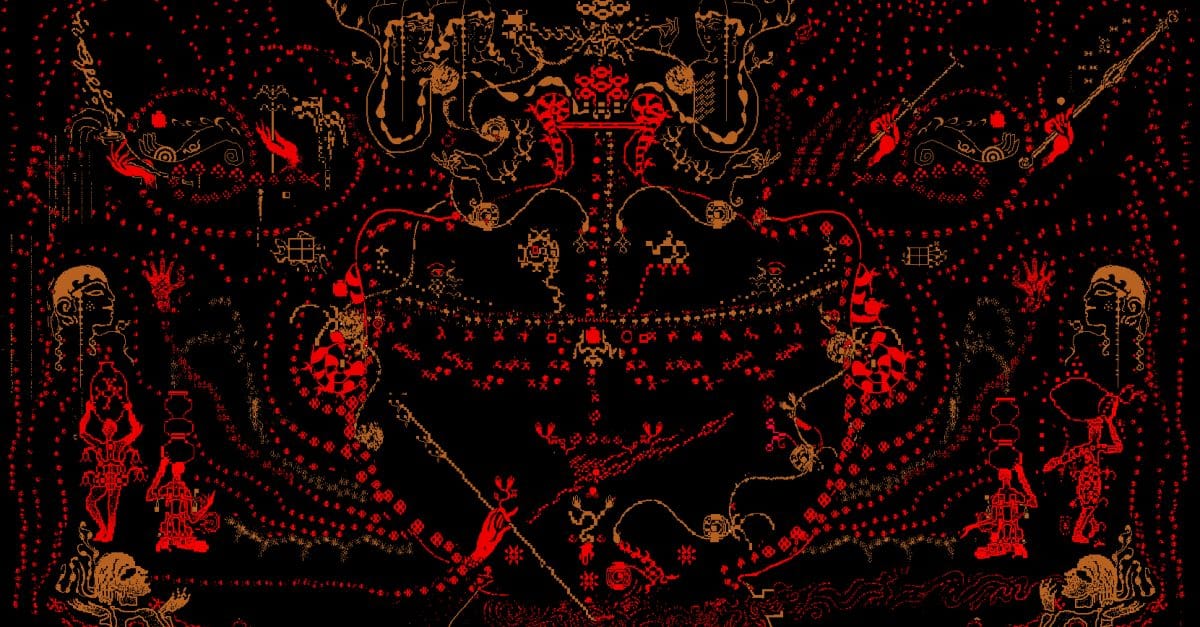
More recently, the research project Simulacra Naturae combines neural activity, agent-based simulation, and living plants to create a multisensory ecosystem where biological processes and generative code evolve together. These systems shift the design question from formal composition toward emergent dynamics—designing for process, thresholds, and interaction rather than static objects. The synthetic landscape here is less a site than a looping system of feedback among living, artificial, and computational agents.
Design as Ecology
Across these projects, ecology becomes a design interface—adaptive, coded, and alive. In Yoldas’s An Ecosystem of Excess, plastic-polluted oceans become a habitat for speculative organisms that metabolize synthetic waste. In Flora Robotica, plants and robots braid scaffold structures and guide each other’s growth toward architectural form. And in Simulacra Naturae, neural activity, agent-based simulation, living plants, and generative systems intertwine to create evolving environments of material, biological, and computational feedback. Each reframes “landscape” not as a static backdrop but as an ever-shifting system of interaction.
In design studios and research labs, the shift is tangible. Climate and soil data flow into texture maps. Neural networks train on sap flow and plant electrophysiology. Bioreactors and hydroponic systems feed fabrication workflows where code directs photosynthesis with the same precision once applied to CNC milling. Architecture and computation move beyond representation—they become ecological participants.
As synthetic landscapes proliferate, authorship disperses. The designer’s hand gives way to calibration: tuning parameters, guiding microbial metabolisms, steering robotic motion, adjusting generative algorithms. What emerges is not an imitation of nature, nor its conquest, but a mutual composition—an ecology written with code, mycelium, and design intelligence.

